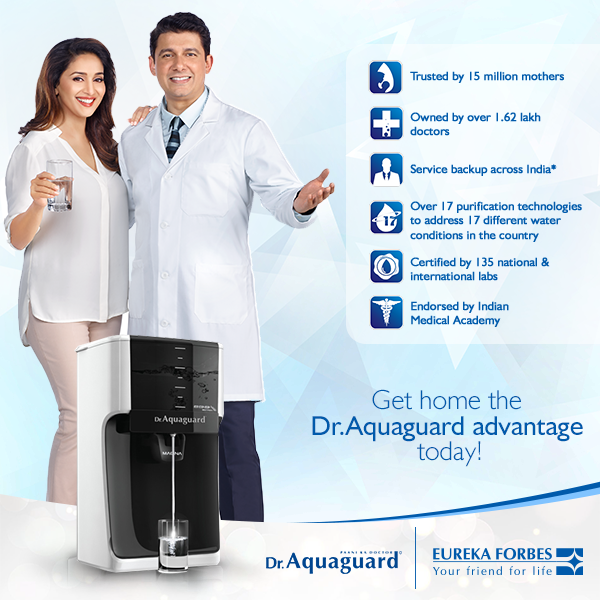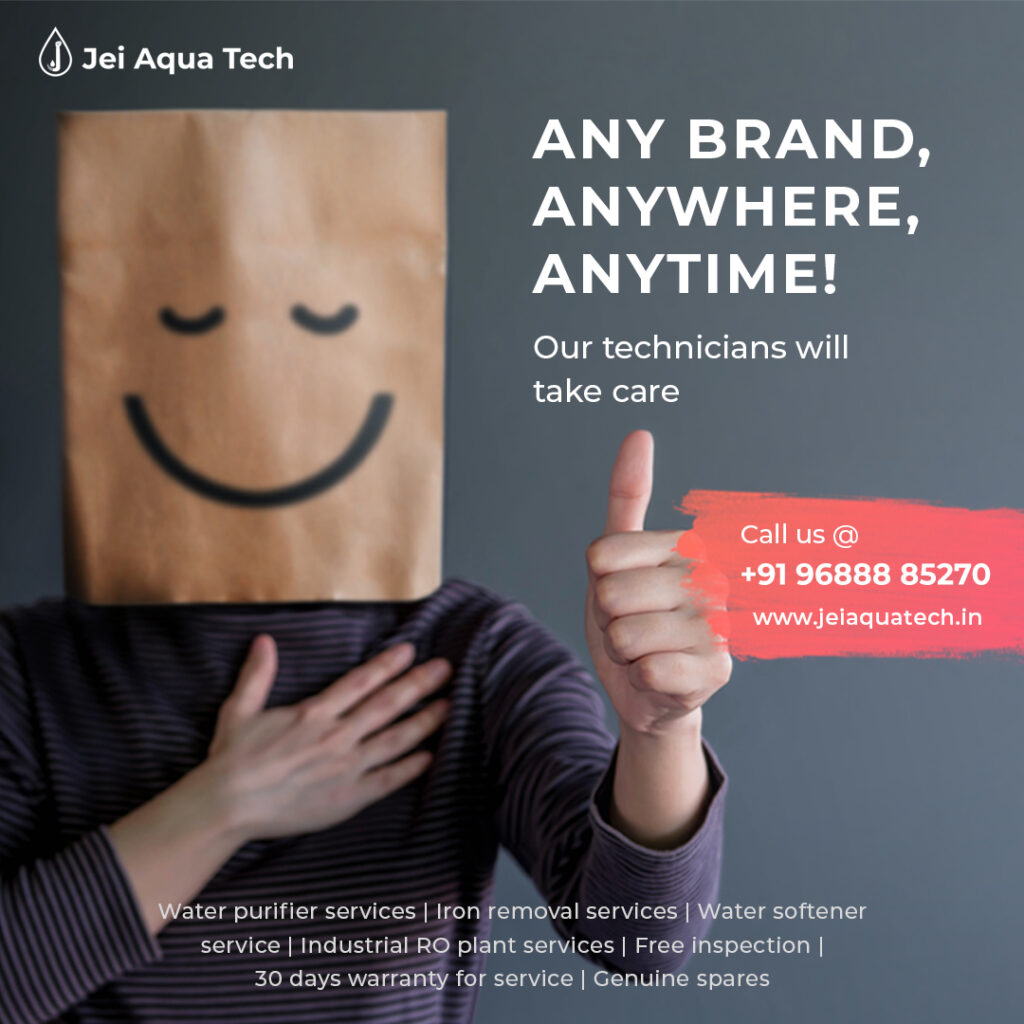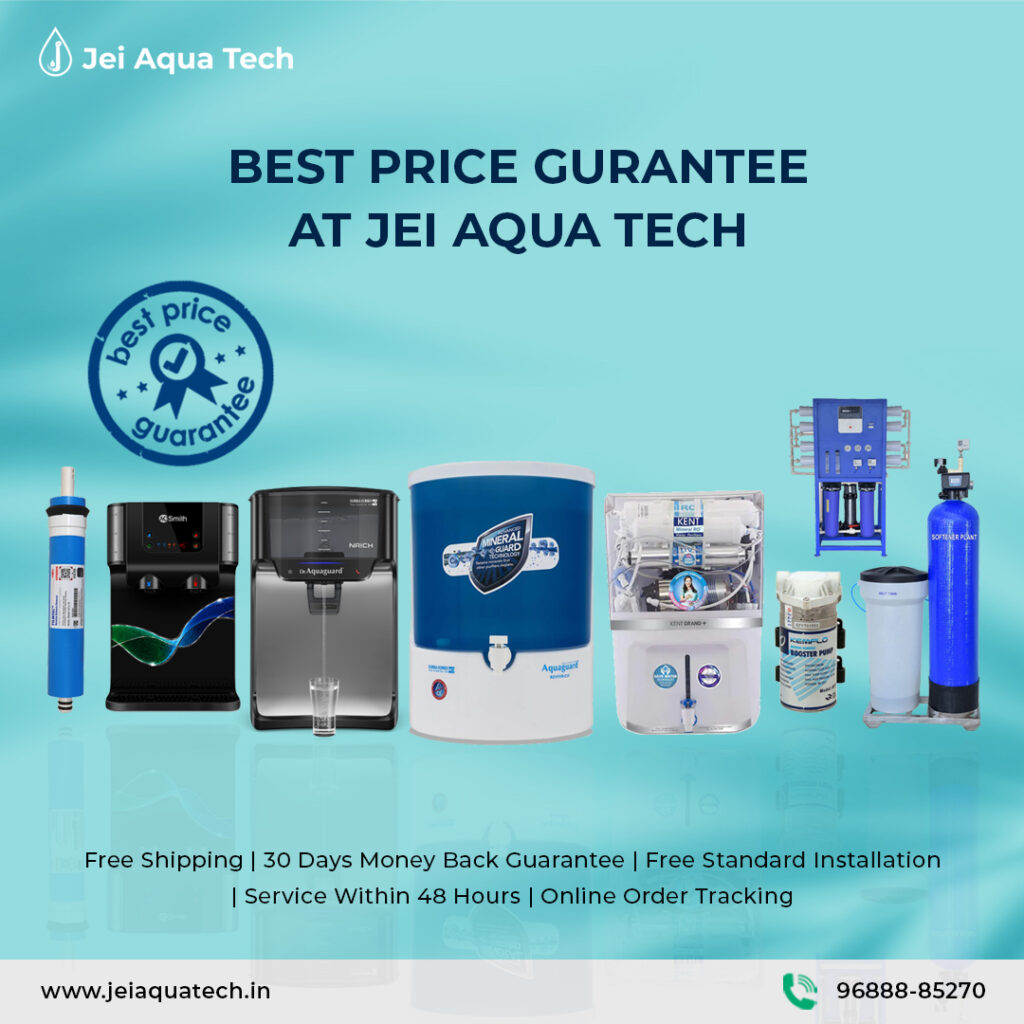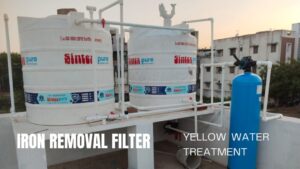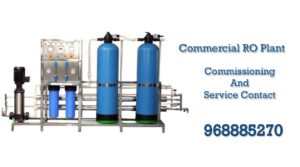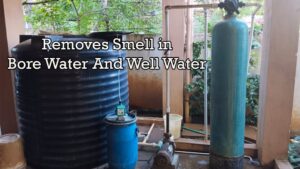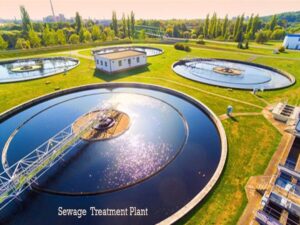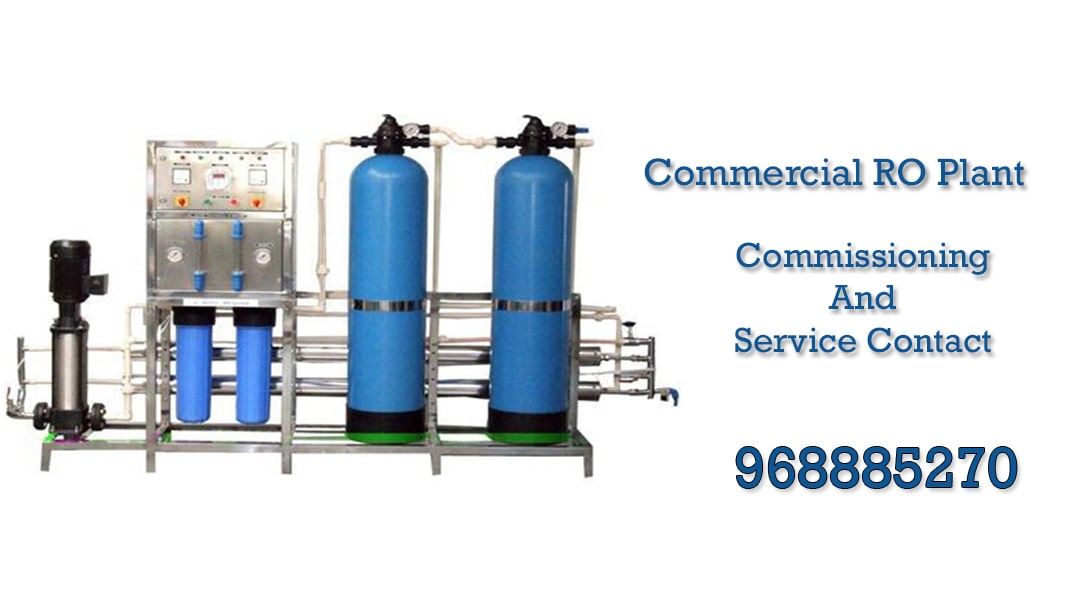
Industrial RO Plants/Commercial RO Plants/Reverse Osmosis Definition
Reverse Osmosis is a technology which is used to remove a high majority of contaminants from water by pushing the water with the help of pressure through a semi-permeable membrane. Reverse osmosis is commonly called to as RO, is a process where you remove a large portion of dissolved solids and other contaminants from water by forcing the water through a semi-permeable reverse osmosis membrane.
Osmosis and Semi-permeable membrane
Osmosis is a naturally occurring process and also important phenomena in nature. It is a process where a weaker saline solution will tend to migrate to a strong saline solution. some examples for osmosis are when plant roots absorb water from the soil and our kidneys absorb water from our blood. A semi-permeable membrane is a membrane that will allow only some atoms or molecules to pass but not others. semipermeable means it permit the passage of solvent but not of solute. To illustrate, assume a semi permeable membrane with fresh water on one verge and a concentrated aqueous solution on the other verge. If normal osmosis takes place the fresh water will meet the membrane to dilute the concentrated solution. In reverse osmosis, pressure is apply on the side with the concentrated solution to oppression the water molecules over the membrane to the fresh water side. The membranes used for reverse osmosis systems have a thick polymer barrier layer in which severance takes place. Since Reverse Osmosis does not happen naturally, it must be created by applying pressure to the high solids water in structure to force it through the membrane, with pressures from 8 – 14 bar for fresh and brackish water, and 40 – 70 bar for seawater, which has all over 24 bar (350 psi) natural osmotic pressure which must be control.
Mechanism of Reverse Osmosis
Reverse Osmosis can be defined as process of Osmosis in reverse. Whereas Osmosis occurs naturally without energy required, to reverse the process of osmosis it needs to apply energy to the more saline solution. A reverse osmosis membrane is a semi-permeable membrane that allows the passage of water molecules but it cannot allow most of the dissolved salts, organics, bacteria, and pyrogens. ‘push’ these we need to push the water through the reverse osmosis membrane by applying pressure that is greater than the naturally occurring osmotic pressure.
Working mechanism of Reverse Osmosis
Reverse osmosis works with the help of high-pressure pump to increase the pressure on the salt side of the RO and force the water to cross the semi-permeable RO membrane. The amount of pressure required depends on the salt concentration of the feed water. The more concentrated the feed water, the more pressure is required to overcome the osmotic pressure.
In very simple terms, feed water is pumped into a Reverse Osmosis (RO) system and you end up with two types of water coming out of the RO system: good water and bad water. The good water that comes out of an RO system has most contaminants removed and is called permeate. Another term for permeate water is product water. Permeate is the water that was pushed through the RO membrane and contains very little contaminants. The ‘bad’ water is the water that contains all the contaminants that were unable to pass through the RO membrane and is known as the concentrate, reject, or brine.
As the feed water enters the RO membrane under pressure (enough pressure to overcome osmotic pressure) the water molecules pass through the semi-permeable membrane and the salts and other contaminants are not allowed to pass and are discharged through the concentrate stream. The concentrate goes to drain or can be fed back into the feed water supply in some circumstances to be recycled through the RO system to save water. The water that makes it through the RO membrane is called permeate or product water and usually has around 95% to 99% of the dissolved salts removed from it.
Contaminants removed from Reverse Osmosis remove from water
Reverse Osmosis can remove 95-99% of the dissolved salts (ions), particles, colloids, organics, bacteria, and pyrogens from the feed water. An RO membrane rejects contaminants based on their size and charge. Any contaminant that has a molecular weight greater than 200 is likely rejected by a properly running RO system. Reverse Osmosis is very effective in treating brackish, surface and ground water for both large and small flows applications. Some of the industries that use RO water include pharmaceutical, boiler feed water, food and beverage, metal finishing and semiconductor manufacturing etc.
Industrial RO Plants/ Reverse Osmosis Plants/ Commercial RO Plants
Reverse Osmosis is an effective and proven technology to reduce water contaminants. In reverse osmosis, pressure is apply on the side with the concentrated solution to oppression the water molecules over the membrane to the fresh water side. The membranes used for reverse osmosis systems have a thick polymer barrier layer in which severance takes place. Since Reverse Osmosis does not happen naturally, it must be created by applying pressure to the high solids water in structure to force it through the membrane, with pressures from 8 – 14 bar for fresh and brackish water, and 40 – 70 bar for seawater, which has all over 24 bar (350 psi) natural osmotic pressure which must be control.
How does a Reverse Osmosis/RO Plant work?
A RO Plant or Reverse Osmosis Plant works on the principle of Reverse Osmosis. In RO or Reverse Osmosis melt solids present in water are removed through the procedure of physical separation. The raw water under high pressure is compulsory through a semi-permeable membrane, where contaminants are divide from the water, leaving behind pure water. RO plant also uses pre-filters and post-filters for pre-treatment and post-treatment of adulteration in water.
Importance of Reverse Osmosis/Industrial RO Plants/ Commercial RO Plants
The importance of Industrial RO Plants for clear and healthy drinking water is very. Using a RO will be beneficial in the following ways.
- No need to spend more money for getting safe drinking water.
- Its hassle-free installation and gives the riskless of managing any malfunction on your own
- It completely removes the bacteria from the water making it fresh to drink.
Usage of Reverse Osmosis/ Industrial RO Plants/Commercial RO Plants
A industrial sectors like the food industry, textile, pharmaceuticals, etc wants pure water for their products. The Industrial RO Plants separates excess chemicals which can harm humans as well as machines. It help industrial/commercial as well as at domestic.
- filters water at a larger scale.
- keep water TDS as per regulations.
- Help out in the removal of chemicals dissolved in water.
- Lower the chances of waterborne disease.
- Improve the water reusability by purifying
Benefits of Reverse Osmosis Plant/ Commercial RO Plants/Industrial RO Plants
Some of the benefits of Industrial RO Plants are followed below –
- Industrial RO Plants separates contaminants that can cause water-related disease.
- Industrial RO Plants involves the essential minerals absent in water.
- Industrial RO Plants Produce safe drinking water.
- It also sweetness the taste and improves the smell of the water.
- Removes chemicals and separates heavy metals.
RO membrane cleaning
RO membranes will inevitably require periodic cleaning, anywhere from 1 to 4 times a year depending on the feed water quality. As a general rule, if the normalized pressure drops or the normalized salt passage has increased by 15%, then it is time to clean the RO membranes. If the normalized permeate flow has decreased by 15% then it is also time to clean the RO membranes. You can either clean the RO membranes in place (if equipped) or have them removed from the RO system and cleaned off site by a service company that specializes in this service.RO membrane cleaning involves low and high pH cleaners to remove contaminants from the membrane. Scaling is addressed with low pH cleaners and organics, colloidal and biofouling are treated with a high pH cleaner. Cleaning RO membranes is not only about using the appropriate chemicals. There are many other factors involved such as flows, water temperature, water quality.
Conclusion
Industrial RO Plants are an successful and reliable solution for the need of high-quality purified water. These RO Plants can be used for a huge range of commercial as well as industrial request. Industrial RO plants is cost-effective and with correct maintenance, they can give reliable and structured water purification for many years.
If you want to buy high-quality and cost effective Commercial or Industrial RO Plants at the best price then avail the best offer now and buy them from https://jeiaquatech.in/

